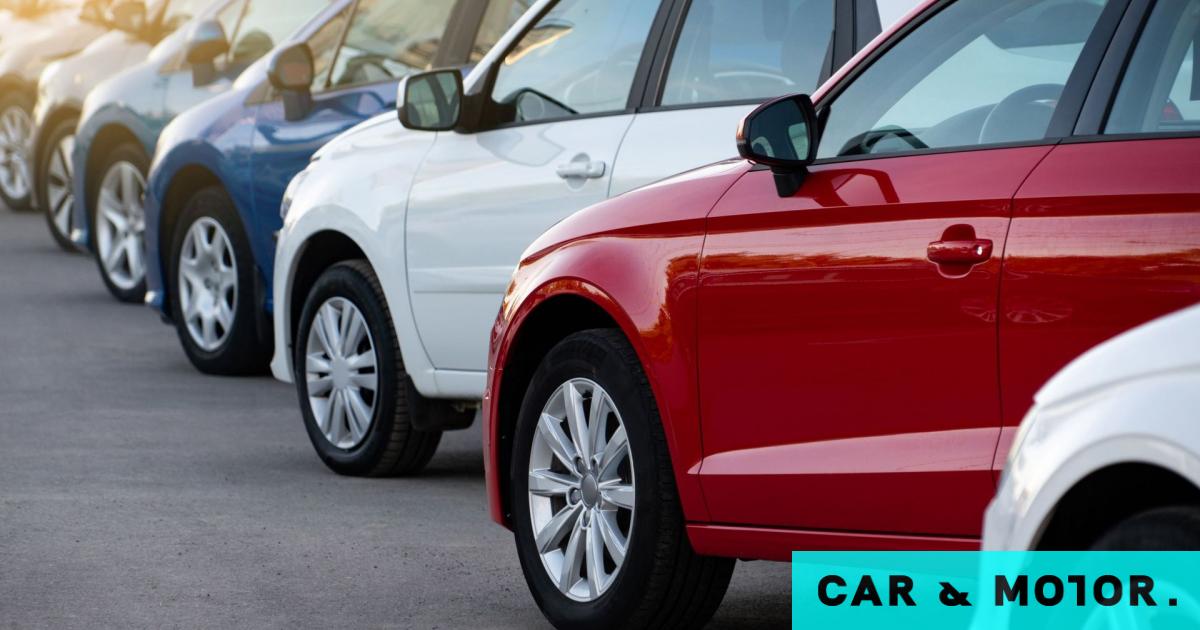Qantas has revealed details of the ultra-long-haul aircraft it plans to operate on non-stop flights from Sydney and Melbourne to London and New York by the end of 2025, as the airline’s financial position shows signs of improvement.
making sure Reports that have been circulating in recent daysQantas has announced a massive order with French aircraft manufacturer Airbus for 12 of its A350-1000s. These flights will be operated on so-called “Project Sunrise” flights, with the first flight to be delivered in 2025.
The airline says the planes will be “able to fly directly from Australia to any other city” in the world, while being 25 percent more fuel efficient than previous planes.
The wide-body planes will be able to carry 238 passengers, and will include “luxury areas” for passengers to move around in the cabin as a way to break up extra-long flights of up to 20 hours.
CEO, Alan Joyce, said Project Sunrise is the “last end and ultimate fix for the tyranny of distance” and that the A350’s cabin “has been specifically designed to provide the ultimate in comfort in all classes of long-haul flying.”
The airline had planned the project for years, as the pandemic delayed its launch. The flights will last up to 20 hours non-stop and will be among the longest in the world.
Although Qantas claims non-stop flights and the new planes will bring “significant improvements in emissions,” experts say the benefits will be minimal.
Currently, the average return flight from Sydney to London with a stopover in Singapore generates about 3,500 kilograms of carbon dioxide emissions per passenger, according to the Estimates based on Atmosfair data.
Very long flights are “not fuel efficient at all,” said Dr Tony Weber, a former Qantas chief economist who now leads the airline’s intelligence research group and works at the University of New South Wales’ School of Aviation.
“It is true that fewer movements – takeoff and landing per leg – means less fuel burn, but being in the air for 20 hours without refueling means that it is carrying a massive amount of fuel.
“This extra fuel is extra weight, which in turn means you have to burn more fuel overall to carry it around. It’s a real inefficiency compared to flights that can carry less and refuel when at a stop,” Weber said.
Weber said the need to carry a lot of fuel would create payload restrictions, meaning the plane could carry less cargo and passengers.
Conversely, these weight restrictions could lead Qantas to choose a more spacious seat configuration on the A350, Webber said, since it can’t increase the number of seats in line with available cabin space. Qantas has already announced that more than 40% of the A350’s cabin will be “dedicated to premium seating”, in addition to its own “luxury areas”.
“Staying in a small space, especially in the economy seat, for 18 hours or more is torture. Personal space must be increased, as well as space for pilots and crew members to rest.
While Qantas has yet to release costs for very long trips, Weber predicted that at a minimum, the non-stop roads would be $300 more expensive per leg, increasing in line with the amount of time the road saves passengers.
I also ordered Qantas 40 extra Airbus Aircraft – A321XLRs and A220-300s – for domestic operations, with the first of these aircraft to be delivered next year. It is understood that the value of the transaction is estimated at billions of dollars.
While the airline says the exact cost of the new planes is a commercial confidence, it said “a significant discount from the standard fare should be assumed”.
On orders to modernize its domestic fleet, Joyce said the scale and economics of the new aircraft ordered by Qantas would “make new direct routes possible, including better serving regional cities” and that “these newer aircraft and engines will reduce emissions by at least 15% if they run on fossil fuels.” And much better when running on sustainable aviation fuel.”
The Qantas Group — which includes budget airline Jetstar — released its third-quarter financial update on Monday. While the re-emergence of domestic travel markets and some international travel markets has boosted revenue, the airline still expects to incur a “significant loss” for the full year. Net debt decreased from $5.5 billion at the end of December to $4.5 billion at the end of April.
Regarding the cost of ordering the giant jets, Joyce said phased delivery means “it can be financed within our debt and through profits,” and that “the business case for Sunrise has a mid-teenage IRR”.
The Board of Directors’ decision to approve Australia’s largest aircraft order is a clear vote of confidence in the future of the Qantas Group. Our strategy for these aircraft will reap significant benefits to those who make it possible – our employees, our customers and our shareholders, Joyce said.

“Avid problem solver. Extreme social media junkie. Beer buff. Coffee guru. Internet geek. Travel ninja.”





More Stories
How to find out the value of a used car in minutes – secrets that no one will tell you
Which brands have not sold a single new car in Greece?
The unknown trick – for just 1 euro you can make your car's windshield look like new